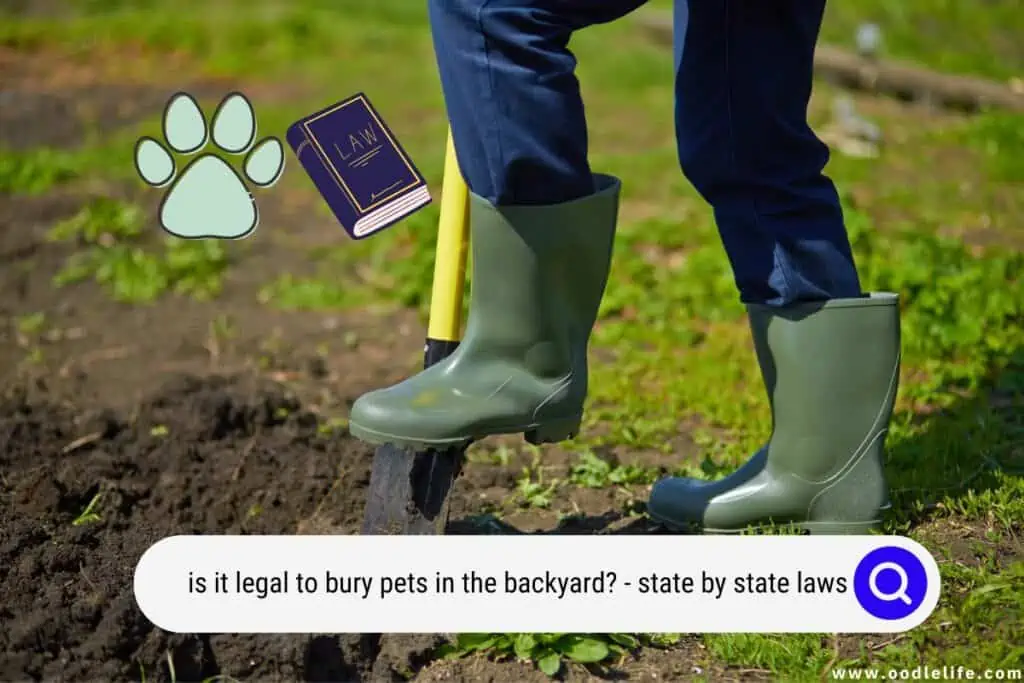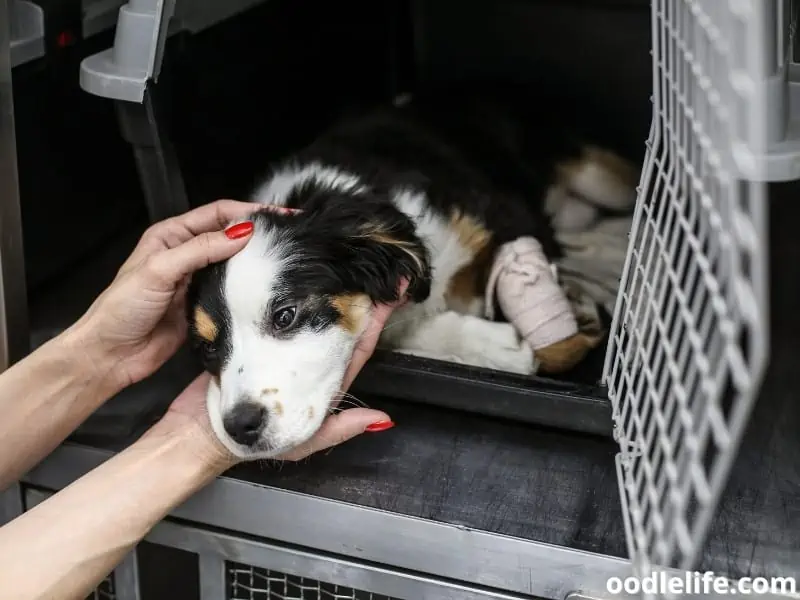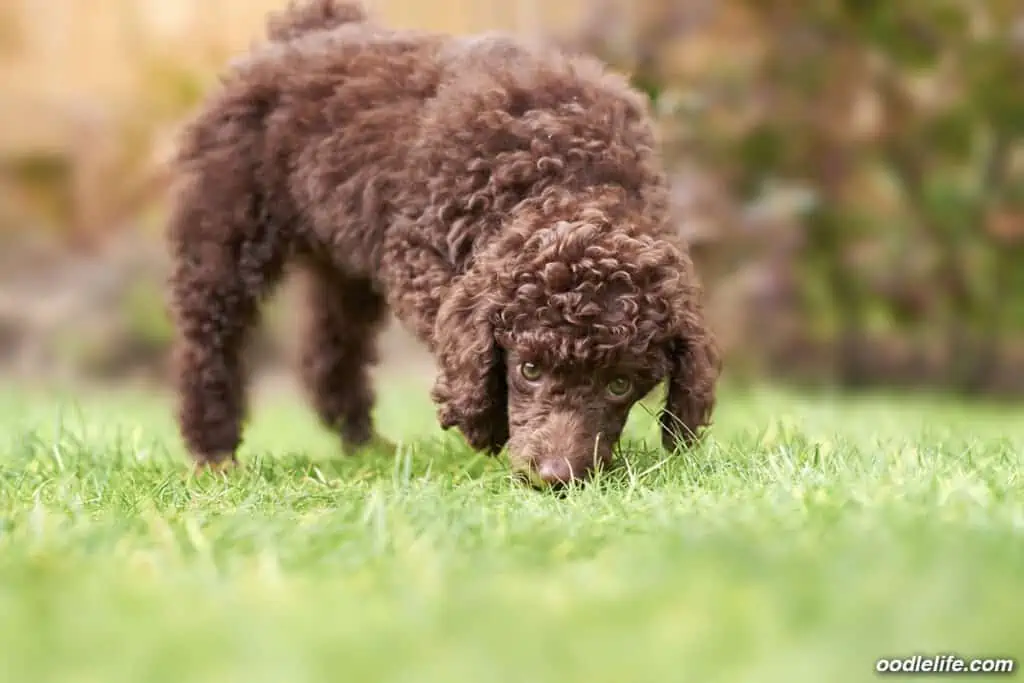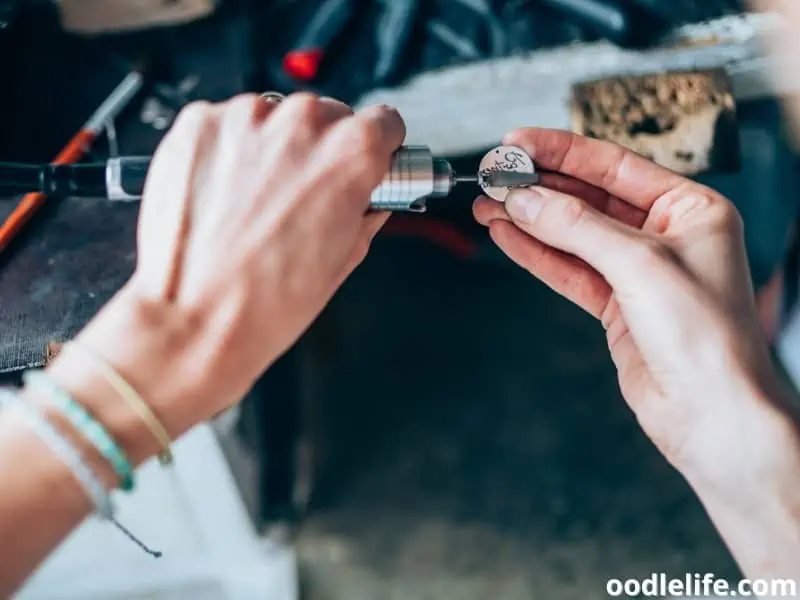Is It Legal To Bury Pets In The Backyard? State By State Laws 2024
Losing a pet can be extremely difficult, and the process often comes with some difficult decisions. One of the first ones will be deciding what to do with your pet’s remains.
Do you bury them? Cremate them? Where do the remains go?

Can you bury your dog in your yard?
While these are important questions, you must do your research before coming to a decision. Many things factor into which option may be best for you and your late pet, including home location, the type of pet, and whether you rent or own a home. Additionally, many states or towns ban burying your pet at home.
Pet Burial Laws
Thankfully, most states allow people to bury their pets where they see fit. There are a few exceptions, however.

The following states have banned pet burial:
- Arkansas
- Vermont
- Wisconsin
- California
- Arizona (majority)
While most states allow pet burial, a few rules vary from state to state. The most common is that the pet must be buried at least 2 ft deep to avoid scavengers and that you cannot bury a pet with a contagious disease. Below are the states with more specific rules regarding pet burial:
- Idaho requires you to bury your pets at least 3 ft deep.
- Indiana requires you to bury your pets at least 4 ft deep.
- Kentucky requires you to bury your pets at least 4 ft deep and not within 100 ft of a water source.
- Louisiana requires you to bury your pets at least 6 ft deep.
- Maryland requires you to bury your pets at least 4 ft deep.
- Michigan requires you to bury your pets within 24 hours of their death, a minimum of 2 ft deep, 2.5 ft apart from any other graves, and not near any water source.
- Missouri requires you to bury your pets a minimum of 50 ft from your personal property, 300 ft away from neighboring property, and 300 ft away from any water source.
- Nebraska requires you to bury your pets at least 5 ft deep and 500 ft away from any water source.
- Nevada requires you to bury your pets at least 3 ft deep.
- New Hampshire requires you to bury your pets at least 2 ft deep and 75 ft from any water source.
- North Caroline requires you to bury your pets within 24 hours of death and at least 3 ft deep.
- North Dakota requires you to bury your pets at least 3 ft deep.
- Oklahoma requires you to bury your pets at least 3 ft deep.
- Pennsylvania requires you to bury your pets within 48 hours of their death.
- South Dakota requires you to bury your pets within 36 hours of death and at least 3 ft deep.
- Tennessee requires you to bury your pets at least 3 ft deep.
- Utah requires you to bury your pets within 48 hours of their death.
- Virginia requires you to bury your pets within 48 hours of their death.
- Washinton requires you to bury your pets within 72 hours of their death.
Should You Bury Your Pets in the Backyard?
Now that we’ve covered the answer to “can you bury your dog in your yard?” for different states, the decision still must be made. Certain circumstances may make it unwise for you to bury your pet yourself. Because, like with many things, just because you can, doesn’t mean you should.
You Had Your Pet Euthanized
When pets are put to sleep under veterinary care, their bodies flood with a drug called Sodium pentobarbital. This drug can stay in a decaying body for up to a year and pose an extreme risk to other pets or wildlife in the area. If any other animal scavenges the remains, they can be comatose or dead within minutes.

The best option for a euthanized pet is to be cremated or ensure that they are placed in a casket and buried deep enough that they will not be disturbed.
Pet Died of a Disease
In the same way that a drug can stay in the body for long periods, the same is true for various diseases. Worse yet, many diseases can be passed from dogs to people even after death. Additionally, if a diseased pet is buried too close to a water source, it can be disastrous for the local wildlife.

Cremation will likely be the best option for a diseased pet to ensure the safety of the people and animals in the area. Speak with your vet about the safest option for your pet’s remains.
Other Animals on the Property
One of the most common problems pet owners face after burying their pets is that other animals, either pets or wildlife, will dig it up. Dogs, in particular, have such a keen sense of smell that even a 2-3 ft hole will seem like nothing if they have their minds set on it.

If you want to save yourself from the trouble of seeing your beloved animal being dug up from the ground in a possibly traumatic or gruesome way, cremation might be your best option. If you are sure you want to bury your pet, ensure the grave is at least 4-6 ft deep. Ideally, place your animal in a pet coffin before burying it for extra protection.
Rental Property
While burying your pet in the backyard may seem like a good idea at the time, what happens when you move away? Regardless of how long you have lived in one place, there is no guarantee you will stay there forever. A gravesite is a permanent memorial you can not take with you when you move and one that future renters may not be happy about.
If you rent your home or own a home that is part of a Home Owners Association, you will want to check with either your landlord or your HOA before burying your pet on the property.
Pet Burial Alternatives
The most common way to take care of a late pet’s remains after they’ve passed is to have them cremated, but this isn’t the only option. Even after the cremation, there are several ways for you to memorialize the ashes of your pet.

Aquamation
Also known as alkaline hydrolysis, aquamation is an eco-friendly alternative to burial or cremation. It is a natural process that necessitates decomposition in an accelerated manner. Aquamation has less than ten percent impact on the environment than cremation, using less energy and gas.
While aquamation is not yet as readily available as cremation, many vet offices and funeral homes offer it. It costs about the same as a cremation, though prices can vary depending on the type of pet.
Taxidermy
While this option certainly isn’t for everyone, taxidermy is undoubtedly a way to keep your pet in your heart (and home) forever. This is generally a much more expensive option, with prices usually up over a thousand dollars, but taxidermists are extremely talented at what they do.
Cremation Jewelry
An increasingly popular alternative to keeping pet ashes in an urn is making them into jewelry. Whether you want the pure ashes in a tiny vial or want them turned into glass or gems, there are hundreds of ways to make beautiful art and keep your pet close to your heart forever.
Final Thoughts
It’s understandable that you feel the need to keep your beloved pet close to you even after they are gone. And while feeling that you wondered, “can you bury your dog in your yard?” Now you know that not all states allow it and that there are certain circumstances where it’s not advisable.
Analyze the information you just read, and do what you think will better help you deal with the situation.